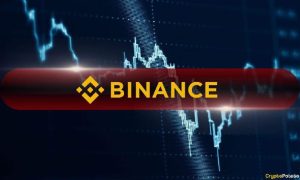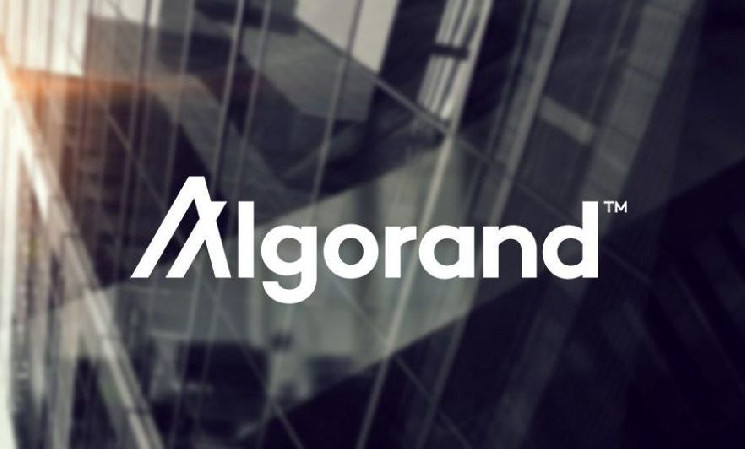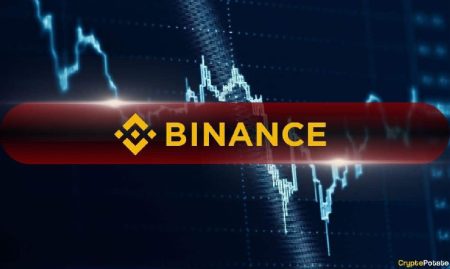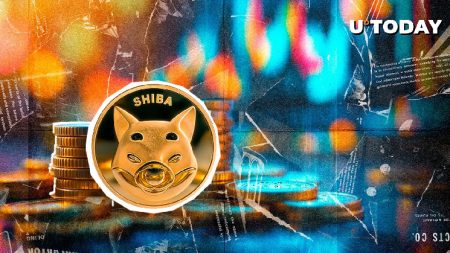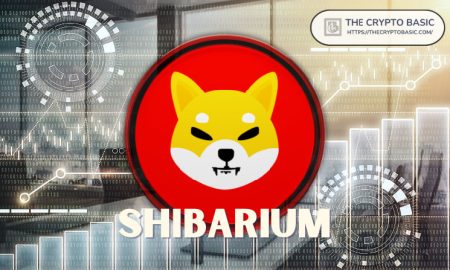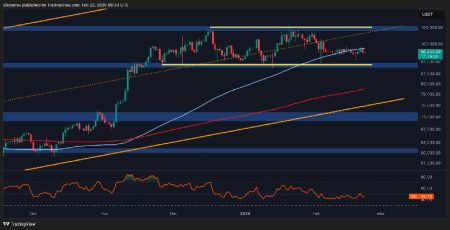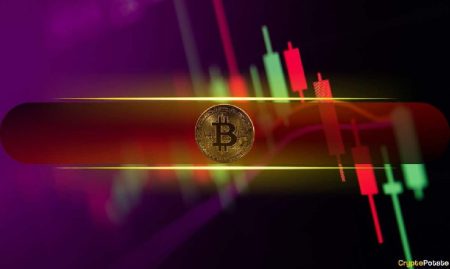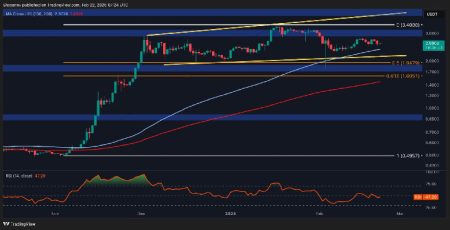The Algorand Ecosystem Under Strain
Algorand, once a promising layer-1 blockchain network, has faced significant challenges in recent times. Its native token, ALGO, has experienced a dramatic price crash of over 90% from its all-time high, currently hovering around $0.2585. This sharp decline has not only affected investor confidence but also highlighted deeper issues within the Algorand ecosystem. Once a top-ten cryptocurrency by market capitalization, Algorand’s market cap has shrunk from over $12 billion at its peak to just $2.1 billion today. This article delves into the reasons behind the collapse and explores the potential for a rebound.
Why the Ecosystem is Struggling
Algorand was launched during the 2021 crypto boom, positioning itself as a sustainable and efficient alternative to Ethereum and Solana. Its key selling points were its high transaction speed, low fees, and an impressive track record of zero downtime. These features, combined with its environmentally friendly proof-of-stake consensus mechanism, initially attracted a lot of attention. The network’s market cap surged, and it became a top-ten coin by valuation.
However, since then, the ecosystem has struggled to gain meaningful traction. While Ethereum’s DeFi ecosystem has flourished, with total value locked (TVL) exceeding $70 billion, Algorand’s TVL stands at just $111 million. This stark contrast underscores the network’s inability to attract significant developer activity and user adoption. Major DeFi protocols like AAVE, Uniswap, and PancakeSwap, which have become pillars of other ecosystems, are noticeably absent from Algorand.
The lack of developer interest has resulted in a ecosystem dominated by smaller players. Folks Finance, the largest protocol on Algorand, has $177 million in staked assets, but other names like Lofty, Reti Pooling, Tinyman, Vestas Equity, and Messina have minimal market share. This absence of major players has contributed to the network’s struggles, allowing newer blockchains like Berachain, Base, Arbitrum, Sui, Aptos, and Sonic to overtake Algorand in terms of adoption and activity.
Staking and Developer Activity
One of Algorand’s most significant challenges is its inability to attract major developers and protocols. While smaller projects have found a home on the network, the absence of household names in the crypto space has limited its growth. This lack of adoption is evident in the network’s staking activity as well. Despite launching its staking feature, only a small fraction of ALGO holders have taken advantage of it. The staking yield of 5.9% and a staking market cap of $356 million represent just 16% of the total ALGO supply, indicating a lack of enthusiasm from investors.
Furthermore, Algorand’s partnership with FIFA ahead of the last World Cup, while a high-profile deal, has failed to meaningfully boost the ecosystem. The network’s NFT sales over the past 30 days totaled just $846,000, a far cry from the billions of dollars in activity seen on other networks. This lack of momentum has left many questioning whether Algorand can ever live up to its initial promise.
The Path to Recovery
Despite the challenges, there are reasons to believe that Algorand could recover. The network’s fundamental strengths, such as its reliability, speed, and low transaction costs, remain unchanged. These characteristics make it an attractive option for developers and users looking for a stable and efficient blockchain platform.
However, for Algorand to rebound, it must address its ecosystem woes. Attracting major developers and protocols will be crucial to increasing adoption and driving value. The network must also find ways to incentivize staking and decentralized application (dApp) development to increase participation and activity. If Algorand can overcome these hurdles, it may yet find itself on the path to recovery.
Technical Analysis Suggests a Bullish Outlook
While Algorand’s fundamentals may appear weak, its technical indicators tell a different story. From a technical analysis perspective, there are several bullish signs that suggest a potential rebound. The weekly chart shows that ALGO has formed a strong bottom at $0.090, a level it has struggled to drop below since 2023. This double-bottom formation is a bullish signal, indicating that the token has found a floor.
Additionally, ALGO recently broke out above the neckline at $0.3233 and has since retested it, forming a break and retest pattern. This pattern is one of the most bullish signs in the market, as it indicates that the token has successfully tested a resistance level and is likely to move higher. Furthermore, the token has formed a falling wedge chart pattern, another popular bullish signal.
From an Elliot Wave analysis perspective, ALGO appears to have entered the second phase of its wave pattern. This wave is typically followed by a bullish third phase, which is usually the longest and strongest. If this pattern holds, we could see a strong bullish breakout that pushes the Algorand price much higher. The first major resistance level to watch is $1.4645, which is the 50% retracement point. A move to this level would represent a gain of nearly 480% from the current price.
The Future of Algorand
In conclusion, while Algorand is currently facing significant challenges, there are reasons to believe that the token could recover. The network’s fundamental strengths, such as its reliability, speed, and low transaction costs, remain unchanged. However, for Algorand to realize its full potential, it must address its ecosystem issues and find ways to attract more developers and users.
From a technical perspective, the bullish signs in the chart suggest that a rebound is likely. If ALGO can break out above the $1.4645 resistance level, it could enter a new bullish phase. Investors should keep a close eye on whether the token can build momentum and find its way back to the top.
Ultimately, the future of Algorand will depend on its ability to overcome its current challenges and capitalize on its strengths. While the road ahead may be uncertain, there is definitely hope for this once-promising blockchain network.

